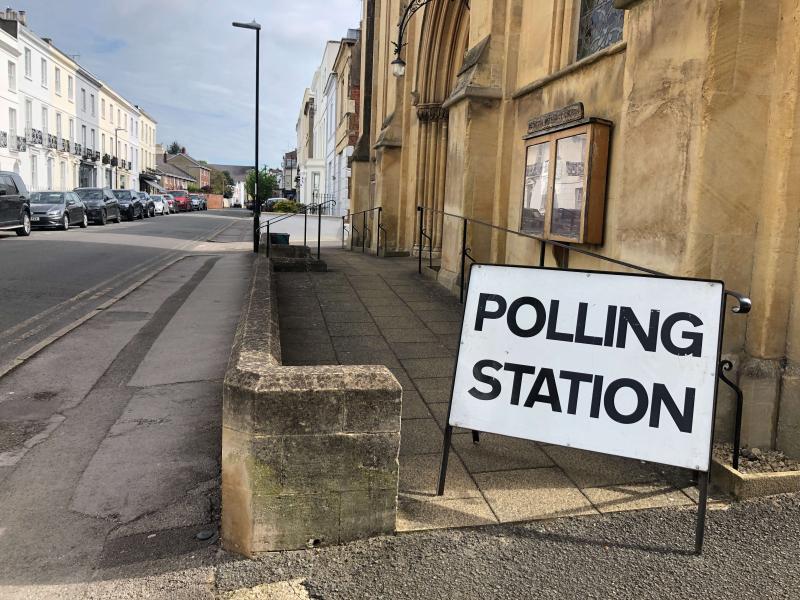Voter intimidation is when someone is threatened, forced, or harassed in order to change or stop them from voting. This creates fear and discomfort. Conversely, voter suppression uses systematic methods, like restrictive laws, policies, or practices, to prevent or discourage certain groups from voting. Usually, this is done to minorities or other groups that don’t have a lot of power. Both voter intimidation and voter suppression hurt the democratic process. Still, voter intimidation focuses on manipulating people psychologically, while voter suppression uses legal and administrative barriers to stop people from voting.
What is Voter Intimidation?
Voter intimidation is a malicious act that tries to stop or change a person’s voting behaviour by making them afraid, uncomfortable, or under pressure. This anti-democratic practice makes it hard for people to vote freely and fairly, and it can take many different forms. Threats of physical violence or harm, harassment based on race, gender, or religion, spreading false information about voting requirements or consequences, asking people aggressively if they are eligible to vote, brandishing weapons, or putting up hostile signs or clothing are all examples of voter intimidation.
Voter intimidation can happen at the polls, on social media, over the phone, through the mail, or in person. It aims to influence election outcomes or reduce participation by influencing or intimidating vulnerable individuals or groups, generally minorities. In many democratic countries, it is against the law to try to stop people from voting. This hurts the democratic process and threatens the fundamental right to vote without fear of retaliation, coercion, or harassment. To make sure elections are fair and include everyone, it is up to governments and election commissions to deal with and stop voter intimidation.
What is Voter Suppression?
Voter suppression is a method used to stop or discourage certain groups, usually minorities or other groups on the margins of society, from voting. These strategies make it harder for them to vote by creating legal, administrative, or procedural barriers. This hurts the democratic process as a whole.
Voter suppression includes strict voter ID laws, getting rid of voters from voter rolls, making polling places harder to get to, making it harder to vote early or by mail, and gerrymandering, which is when electoral boundaries are changed to favour one party. People of colour, people with low incomes, and the elderly are more likely to have trouble voting because these methods make it harder for them to use their right to vote.
The goal of voter suppression is to change the outcome of an election in favour of a particular party or candidate by keeping people from voting who may not have the same interests as them. To protect democratic values and make sure elections are fair, governments and election commissions need to fight voter suppression by promoting voting practices that are easy for everyone to use.
Difference Between Voter Intimidation and Voter Suppression
While both voter intimidation and voter suppression are anti-democratic and threaten the right to vote, they operate differently and affect different people. The goal of voter intimidation is to sway a voter’s choice by putting them in a state of anxiety, distress, or pressure. Violence threats, harassment based on a person’s identity, the dissemination of misleading information about voting criteria or repercussions, and forceful questioning of a voter’s eligibility are all methods used in this type of intimidation. This psychological manipulation can happen everywhere, including at the polls, on social media, over the phone, in the mail, or face-to-face. The goal is to persuade or discourage the target audience from voting or voting in a certain way on a particular candidate or subject.
Conversely, voter suppression is the deliberate use of legal, administrative, or procedural impediments to prohibit or discourage whole groups, especially minorities or marginalised communities, from voting. Techniques include gerrymandering, purging voter rolls, making it harder to get to polling places, reducing the number of early or absentee ballots, and restricting access to the mail. Disadvantaged groups are hit harder by these restrictions, making it more difficult to exercise their democratic right to vote.
Voter suppression targets bigger populations through structural barriers, while voter intimidation focuses on persuading individuals through psychological techniques. Governments and electoral commissions must address and prevent voter intimidation and voter suppression to guarantee fair and inclusive elections.






